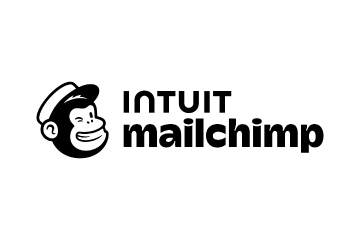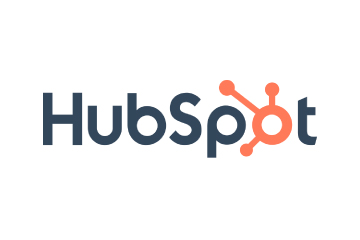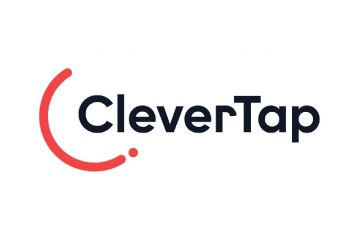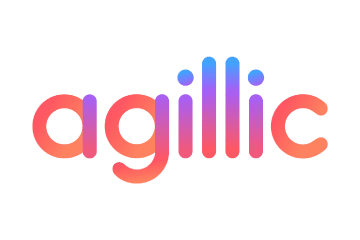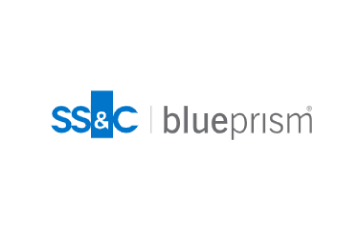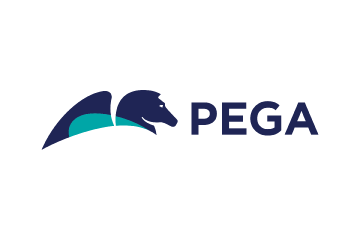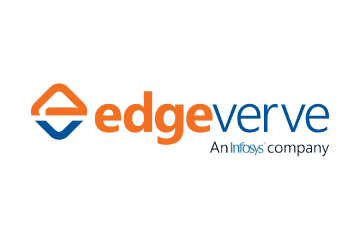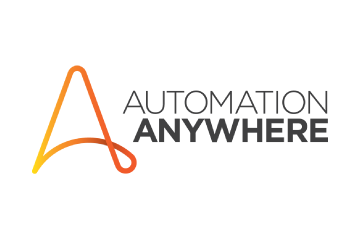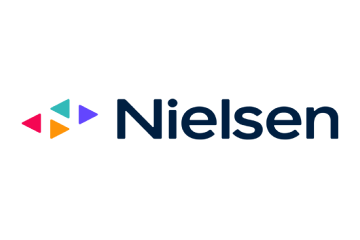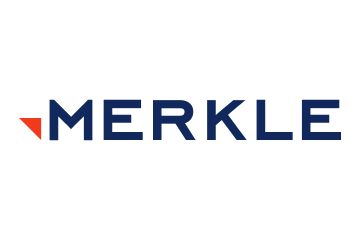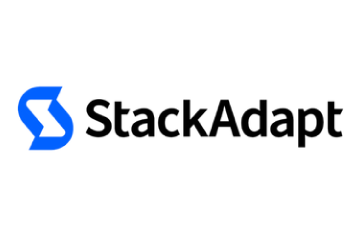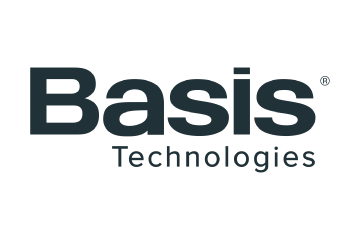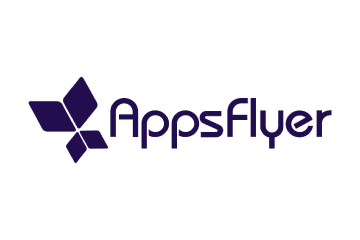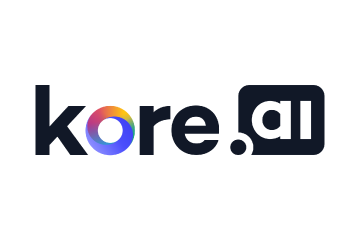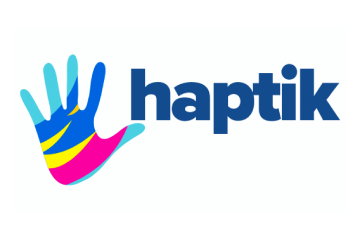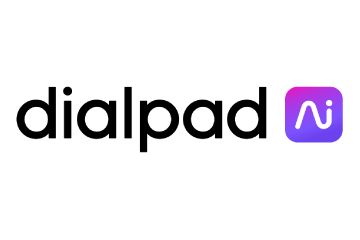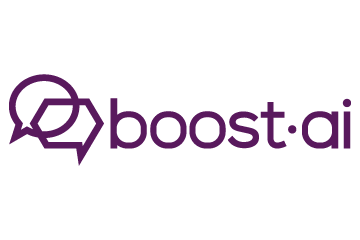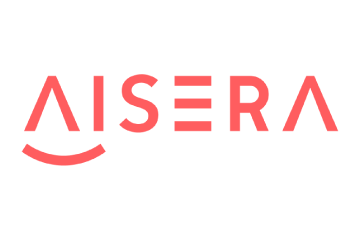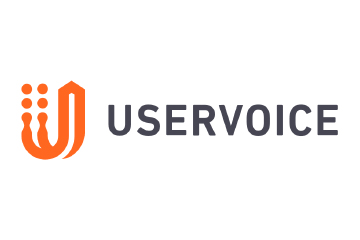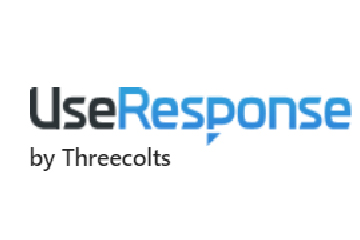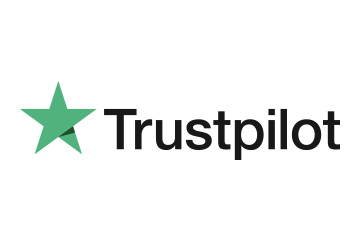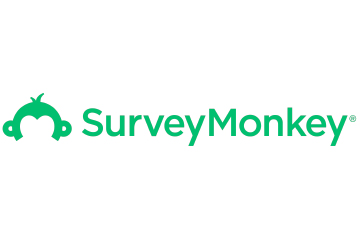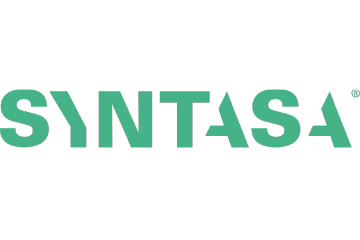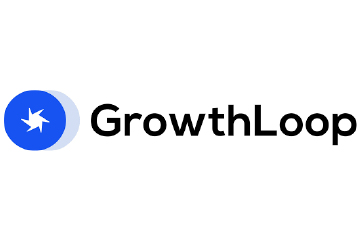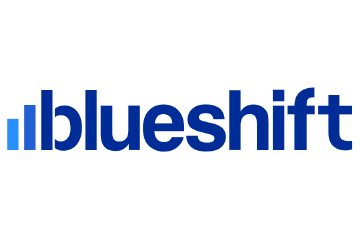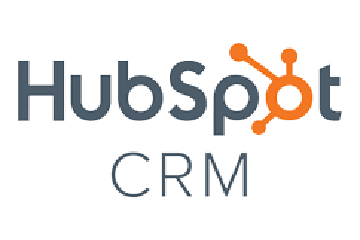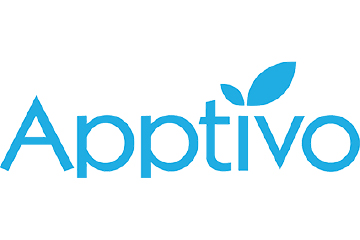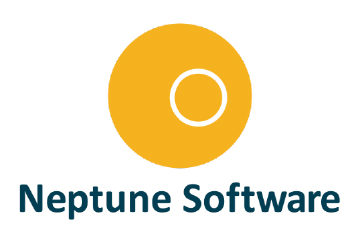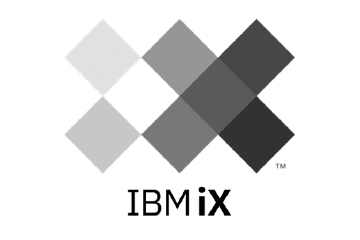10 Ways Speech Analytics Will Transform Customer Engagement
Between cost reductions and cloud adoption, speech analytics will enhance customer interactions in 10 key ways.
Topics
What to Read Next
- Untapped Growth Partners with FreeWheel to Expand Premium CTV Access
- Pattern Announces Acquisition of ROI Hunter
- MNTN Integrates with Northbeam to Improve CTV Performance Measurement
- Guideline Launches Customizable AI Agent Dashboards
- Gradial Raises $35M to Expand Enterprise Marketing Through AI Agents

Speech Analytics has been trumpeted as the “shiny new thing” for contact centres going on a decade now. It was nearly a decade ago that I first considered using speech analytics in my contact centre. I wanted to transform our Quality Assurance processes. I vetted some early speech analytics platforms. Then I asked to see the transcription results of various vendors. I quickly realised that the technology wasn’t ready for prime time.
But a lot has changed, particularly in the last 5 years. Audio quality of calls is improving. AI is improving it even more by reducing background noise. And the transcription models are simply better at “getting it right” now. Moreover, the rise of generative AI has provided new solutions to old problems.
Between cost reductions and widespread cloud adoption, customer interactions will reap the benefits of speech analytics. Here are 10 ways this will happen:
Automated Interaction Summaries for CRMs
How many times have you waited on a call while the agent “notates your account?” Agents do this because they want to avoid doing this in what’s known as After Call Work (ACW). This is the time when the agent is unavailable to help the next customer after an interaction is complete. Agent typing skills vary and it’s not uncommon for agents to include either too little or too much information in their notes. But AI can analyse the conversation and provide an accurate summary with all necessary data points almost instantly. This advancement is not just for large enterprises. It’s already being adopted by small businesses. It will not only eliminate the need for agents to type up notes on your profile in a CRM or ticketing platform, but it will also eliminate the bulk of ACW. These efficiencies mean less wait times for customers.
Targeted and Self-Coaching Make Better Agents
“This call is being recorded for quality and training purposes.” While we’ve all heard that phrase, the truth is very few calls were ever actually listened to. Contact centres have been measuring agent performance using an incredibly small sample of calls. That small sample may or may not reflect typical performance. More and more companies are implementing Quality Management solutions that analyse 100% of calls. This gives both agents and their supervisors actionable insights into strengths and opportunities. This consistent feedback helps the agents course correct creating better experiences for customers.
Reduce Survey Fatigue
Customers are increasingly feeling survey fatigue. Instead of being randomly selected, companies have put the onus on customers to rate them at nearly every single touchpoint through the customer journey. Customer interactions with contact centres already provide a mountain of data on customer sentiment and satisfaction. Speech analytics tools are the tools for mining that data for insights. Those insights can go beyond CSAT, CES, and NPS because they’re derived from a conversation with context and that context can drive action
Analysis “In the Field”
Speech analytics aren’t limited to contact centre interactions. Home services professionals (think pest control, HVAC, plumbing, etc.) can (with permission) record conversations with customers on-site. The analysis of these conversations identifies successes and opportunities for those working in the field and customer pain points that may have gone unnoticed before. This analysis can also inform process/procedure improvements to make these interactions more and more frictionless for customers.
Improved Responses to Urgent Situations
Risk identification, adverse medical events, escalations, dispatches – not every customer interaction is “resolved” right away. But executing the next best action doesn’t have to fall on the agents who are interacting with customers – they can be triggered automatically. Robotic Process Automation (RPA) isn’t new, but paired with speech analytics, RPA can begin immediately executing various next-best actions even in instances when agents don’t recognise an action is required or recommended.
Self-Generating Knowledge Bases
A Knowledge Base (KB) is only as good as the information in it. Creating and updating KB articles and resources is a challenge for many organisations. The human experts in your organisation may be too busy interacting with customers to set aside the time to document the treasure trove of information that they have. But that information residing in a select few experts presents a risk to your organisation. But advances in AI coupled with speech analytics can document their expertise for use by others creating an organisation full of experts.
Identify Automation Opportunities
Deflection has been a cost-cutting strategy embraced by companies large and small. It comes in the form of self-service, help centres, communities, chatbots and more. But analysing customer interactions, including those that still come through the voice channel, can identify more opportunities for automation. This isn’t just automation to reduce costs – customers don’t generally want to spend time queued up to talk with an agent to explain their situation to get to a resolution. They simply want resolution, as quickly and painlessly as possible. It’s even possible that the automation exists and is being underutilised and it’s customer awareness that needs to be addressed.
Real-Time Agent Support Adoption
While real-time agent support solutions aren’t exactly new, their ability to provide value and their adoption rate will increase in 2025. What does this mean for customer engagement? Imagine every conversation with a brand or company involves both an agent and a coach prompting them as the conversation unfolds. Rather than being stunted due to coaching frequency, agent proficiency is supported throughout every interaction. This dynamic approach to support means that agents handle customer inquiries more efficiently and avoid the dreaded, “Do you mind if I put you on a brief hold?”
Training Evolution
Learning a new skill requires learning and practice. But customers don’t want anyone to practice on them – they want experienced people to help them. Practice during training is undergoing its own revolution thanks to speech analytics and generative AI. Now agents can practice skills and get feedback while having realistic conversations with AI. Imagine practicing with Siri, but Siri acts like a real customer and ensures you master the handling of specific skills. When it comes time for the real thing, it’s no longer practice, it’s polished.
Helpful Virtual Agents
Since the dawn of the Interactive Voice Response (IVR), we’ve been striving for one goal: being able to talk to machines with natural language. But IVRs often proved frustrating in their inability to understand actual humans. Virtual agents are the next evolution of the IVR, but instead of simply verifying information or routing you to a recording or a live agent, virtual agents are barely distinguishable from humans. They can listen, respond in natural language, and interact with systems to accomplish tasks. They can often speak in nearly any language, and they are instantly scalable to handle the ebbs and flows of customer inquiries, eliminating the need to wait in queue.
READ MORE: How Voice Commerce Transforms Online Retail











